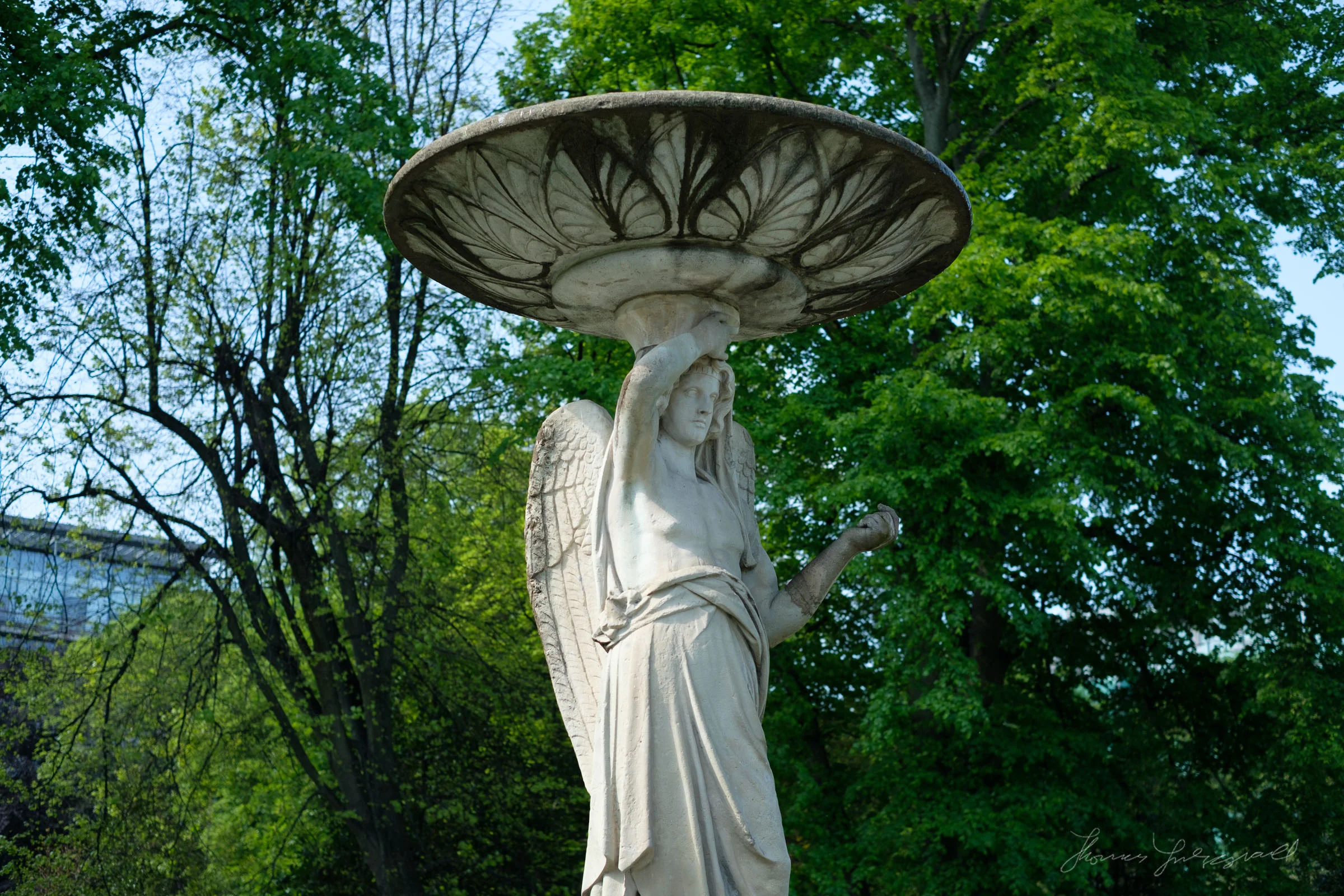Fuji X-Pro 2 + Nikon Macro Lens
I’ve recently been using some non Fuji lenses with my X-Pro 2 and the other day, I was trying out my old Nikon Macro lens with the camera. Despite being a macro, I had mostly been using it as a short telephoto, with its 105mm focal length being useful, especially as the 1.5X crop adds to the throw. However, over the weekend I got to use it as it was intended, for some macro work, and the results were pretty great.
First of all, let me point out the this is an old lens. It’s not the current macro, or even the one before that, but rather a much older model. It’s one of the earliest AF-D Macros, which I bought second hand a long time ago. The quality is actually great though, and I use it on my Nikon D700 all the time. Having said that, it does the odd weird thing. For example, the maximum aperture changes based on the distance to the subject. But all that aside, it’s a good, albeit old lens.
From the Fuji side, I’m using a really cheap adaptor. It’s a K&F Concept adaptor, which cost around €20. It’s cheap, but it works perfectly, and there is almost no give on the mount. I have much more expensive Novaflex for adapting Nikon to Sony and to be honest, I don’t see a huge difference. The mount is not electronic, so everything is manual, which is fine for macro work as it’s often easier to shoot in manual when woking with macro photography anyway.
I was out in the formal gardens in the Powerscourt Estate in co. Wicklow, which is a local tourist attraction. It’s an old stately home in the countryside in the county where I grew up. It’s quite famous in the area, and has been featured in several movies over the years, most notably The Count of Monte Cristo. They have some lovely ornate gardens, and my wife and I were talking a walk through them over the weekend.
It wasn’t intended as a photo trip, but I had my camera with me. While walking by the flowers, I noticed some fluffy bumblebees busily collecting pollen on some yellow flowers, so I couldn’t help myself. It was actually tricky enough though. I didn’t have a tripod, and so was shooting handheld. On top of that there was a slight breeze, so the plants were blowing back and forth. With the razor thin plane of focus, this made getting the bee in focus a real challenge.
In the end it was down to a combination of persistence, luck and careful timing. Once you get the focus reasonably right, rather than try to focus with the lens, you focus with your body instead. You watch the swaying of the plants in the wind, and try and anticipate when the subject will be in the right position, and press the shutter accordingly. While I did get quite a few out of focus shots, I did manage to nail a few in focus, more or less.
Despite being an old lens, the quality is actually pretty good when paired with the X-Pro2. I did a bit of processing on these, but not a massive amount. they were preprocessed using Iridient X-Transformer, and then I did the rest using a combination of Lightroom, my FilmLUX presets and Luminar for some added touches.
If you want to see a larger version of these, I have a companion post on my Photo Journal.
Help Support the Blog
I’m now on Patreon. If you like what I do here and find the information useful, then you can help by supporting me on Patreon. As well as helping keep this blog going with even more useful news, tips, tutorials and more, members also get special Patreon only perks. Stop by and check it out.
If you like this post then you can see more of my work on Instagram, Twitter and Facebook. I also have a YouTube channel that you might like. You should also check out my other Photography Project: The Streets of Dublin. If you want to get regular updates, and notices of occasional special offers, and discounts from my store, then please sign up for the Newsletter.
You can also show support by buying something from my from my Digital Download Store where I have Lightroom Presets, and e-books available for download. If you're a Fuji X-Trans shooter and Lightroom user, check out my guide to post processing X-Trans files in Lightroom. I also have a guides for processing X-Trans files in Capture One and Iridient Developer. For Sony Alpha shooters I have a new guide with tips on how to get the best from processing your A6000 Images in Lightroom.











